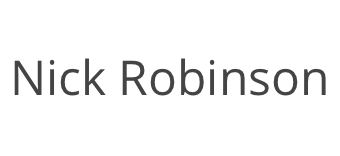Research Highlight: The Impact of Coaching on Team Performance
Discover how coaching can transform your team! Recent research reveals it significantly boosts performance, productivity, and communication.
Some interesting academic research on the impact of coaching techniques on team performance.
I know I’m a convert, but the findings of this research really do make a strong argument for using coaching techniques to significantly boost a team’s productivity and satisfaction.
Here’s my summary and the link to the actual research study is at the end.
The study, conducted by Aldrin & Utama, revealed that the application of coaching techniques significantly improved team performance.
The team performance score (a composite measure of the quality of work, efficiency of task completion, and level of collaboration and communication within a team) was used to quantify this improvement.
Before the introduction of coaching, the average team performance score was 58.67. After coaching was implemented, the score rose to an impressive 68.53.
This shows the transformative power of coaching in a team setting, leading to:
- higher quality work
- improved efficiency, and
- enhanced collaboration and communication.
Effective communication is a critical component of successful teamwork, and coaching techniques can help break down barriers, create a sense of belonging, and foster a deep empathic understanding among team members.
Coaching, as the study explains, is about building relationships that foster personal and professional growth. It’s a process that encourages individuals to find solutions to their problems through increased self-awareness, with the support of a coach.
In a team setting, coaching can help to:
- streamline learning
- improve job satisfaction
- enhance interpersonal relationships, and
- develop leadership and management skills.
Moreover, the study found that coaching techniques can enhance respect for others and provide solutions to problems.
However, it’s important to remember that the effectiveness of coaching techniques depends on their practical application in daily work.
I think that the findings of this study are a powerful reminder of the potential that lies within a teams. By implementing coaching techniques, you can unlock this potential, improving team performance and satisfaction, and driving success.
Click here to see the research paper itself.
What’s your experience been? Please use the ‘click to tweet box below, or just click here to tweet me .
How have you used coaching techniques to improve your team's performance and satisfaction at work? Share on X








